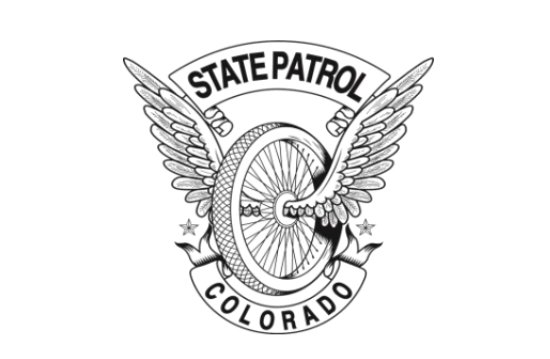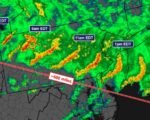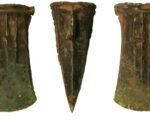Colorado State Patrol (CSP) has released data that shows the two top areas for speed-related crashes along I-70 are on steep grades on either side of mountain passes. The data, which covers the past three years, reveals that speeding drivers are putting themselves and others at risk on the major transportation corridor for the state.
How CSP analyzed the crash data
CSP used a geographic information system (GIS) to map out the locations of all crashes that involved speeding as a causal factor on I-70. The GIS tool allowed them to identify the areas with the highest concentration of speed-related crashes, as well as the severity and frequency of those crashes.
According to CSP, the two top areas for speed-related crashes are:
- The westbound lanes of I-70 near the Eisenhower-Johnson Memorial Tunnel, where the grade is 7% and the speed limit is 60 mph.
- The eastbound lanes of I-70 near Glenwood Springs, where the grade is 6% and the speed limit is 65 mph.
These areas account for 16% and 14% of all speed-related crashes on I-70, respectively. CSP says that these areas are especially dangerous because speeding drivers have less time and space to react to changing traffic conditions, such as congestion, weather, or wildlife.
What CSP is doing to prevent speed-related crashes
CSP says that it is increasing its enforcement efforts on I-70, especially on the steep grades where speed-related crashes are more common. They are using a variety of methods, such as:

- Radar and lidar devices to measure the speed of vehicles and issue citations to violators.
- Variable message signs to display the current speed limit and warn drivers of upcoming hazards or delays.
- Patrol aircraft to monitor the traffic flow and alert ground units of any speeding or aggressive drivers.
- Education and outreach campaigns to raise awareness of the dangers of speeding and the consequences of getting a ticket.
CSP also urges drivers to follow the posted speed limits and adjust their speed according to the road and weather conditions. They remind drivers that speeding not only increases the risk of crashing, but also the severity of injuries and damages in the event of a crash.
How drivers can stay safe on I-70
CSP offers some tips for drivers who travel on I-70, especially on the mountain passes where speed-related crashes are more frequent. They advise drivers to:
- Plan ahead and check the traffic and weather conditions before hitting the road.
- Leave enough space between vehicles and avoid tailgating or cutting off other drivers.
- Use the right lane for traveling and the left lane for passing only.
- Slow down when approaching curves, tunnels, bridges, or exit ramps.
- Be alert and attentive to the road and the surrounding environment.
- Wear seat belts and ensure that all passengers are properly restrained.
CSP says that by following these simple rules, drivers can help reduce the number of speed-related crashes on I-70 and make the road safer for everyone.













